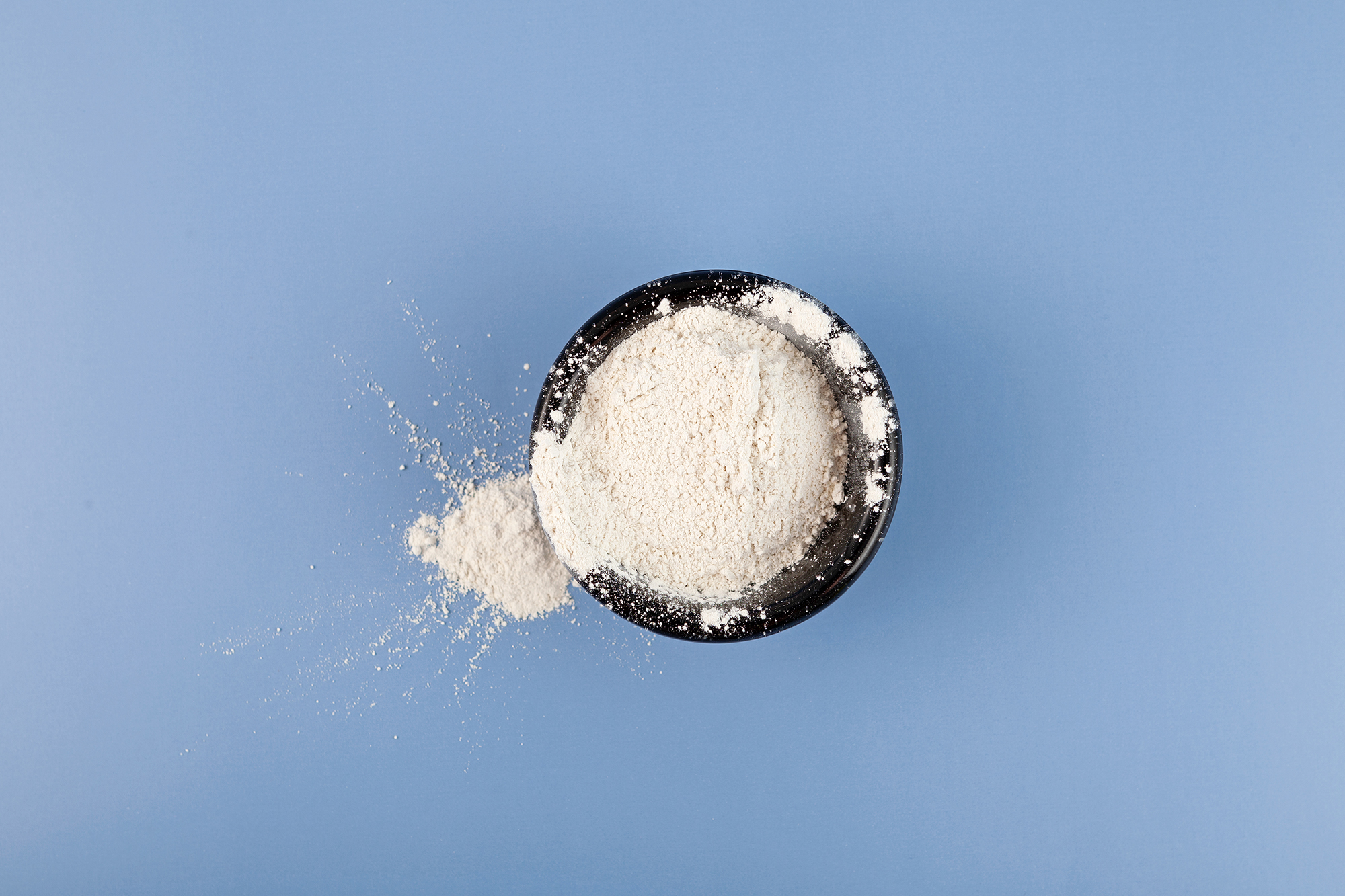Keeping up with Titanium Dioxide

The safety of chemical substances with respect to human health is undoubtedly one of the highest priorities for the industry and competent authorities. Every year, new substances are extensively and carefully assessed and may end up being classified as toxic and restricted for use in the European Union (EU). In this aspect, Titanium Dioxide (TiO2) is probably the chemical we've heard the most about in recent years.
TiO2 is an essential ingredient in hundreds of products, including paints, plastics, inks, papers, cosmetics, and pharmaceuticals. According to the Titanium Dioxide Manufacturers Association (TDMA), the EU provides 20% of global TiO2 production with an estimated market value of €3 billion. Of this, around 68% is sold in the European Economic Area. In cosmetics, TiO2 may be used either as a white pigment in its microcrystalline form only or as inorganic ultraviolet (UV) filter, primarily in sunscreens, being subject to rigorous standards, helping to ensure the safety of products for human health and the environment. It is included in the list of colourants allowed in cosmetic products under Regulation (EC) No 1223/2009 and it is also approved for use as a UV filter at a maximum concentration of 25%. So far so good, until things get complicated.
TiO2 is classified as possibly carcinogenic to humans (Group 2B) by the International Agency for Research on Cancer (IARC), largely due to studies that have found increased lung cancers due to inhalation exposure in animals. In 2016, the competent French authority submitted to the European Chemicals Agency (ECHA) a proposal for harmonised classification and labelling of TiO2 as a carcinogenic substance at the EU level. The following year, ECHA’s Committee for Risk Assessment (RAC) adopted an opinion on the proposal, classifying it as a category 2 carcinogen, including the hazard statement H351 (inhalation).
On the basis of the RAC Opinion, the European Commission adopted, on 4 October 2019, Regulation 2020/217, classifying TiO2 as a “Carcinogen Category 2 (inhalation)” for the purposes of adaptation to technical and scientific progress of the Regulation (EC) No 1272/2008 (CLP Regulation). This classification applied to mixtures “in powder form containing 1% or more of TiO2 in the form of or incorporated in particles with an aerodynamic diameter of ≤ 10 µm” and came into force on 1 October 2021. This decision generated great controversy, motivating actions by the industry opposing this classification.
A request for the use of TiO2 in cosmetic products by way of exception pursuant to Article 15 of Regulation (EC) No 1223/2009 was submitted on 28 January 2020. On 6 October 2020, the Scientific Committee on Consumer Safety (SCCS) adopted a scientific opinion for the purpose of the adoption of the necessary measures in accordance with Article 15. In light of the SCCS conclusions, TiO2 in powder form containing 1% or more of particles with aerodynamic diameter ≤ 10 μm should not be authorised for use in applications that may give rise to inhalation exposure by the end user and was, therefore, added to the list of restricted substances in Annex III to Regulation (EC) No 1223/2009 and its use should only be allowed in face products in loose powder form and in hair aerosol spray products.
And now for the latest twist. In a judgment delivered on 23 November 2022, the General Court of the European Union annulled TiO2 classification as a carcinogenic substance by inhalation in certain powder forms, claiming that the European Commission made manifest errors of assessment and infringement of the criteria established for harmonised classification and labelling under Regulation No 1272/2008 as regards, first, the reliability and acceptability of the scientific study on which the classification was based and, second, compliance with the classification criterion laid down by that regulation, according to which the substance must have the intrinsic property to cause cancer.
There will be implications for cosmetic products as well, but to what extent it remains uncertain.
References
Court of Justice of the European Union. PRESS RELEASE No 190/22 Luxembourg, 23 November 2022.
![[Logo Cosmedesk]](/media/ljbbhnk4/logo-cosmedesk.svg)